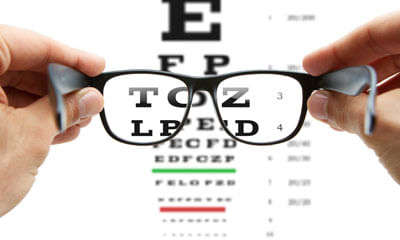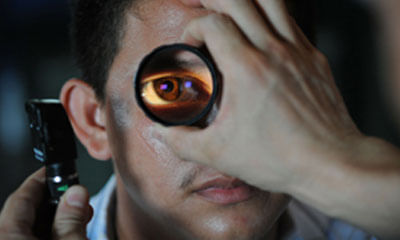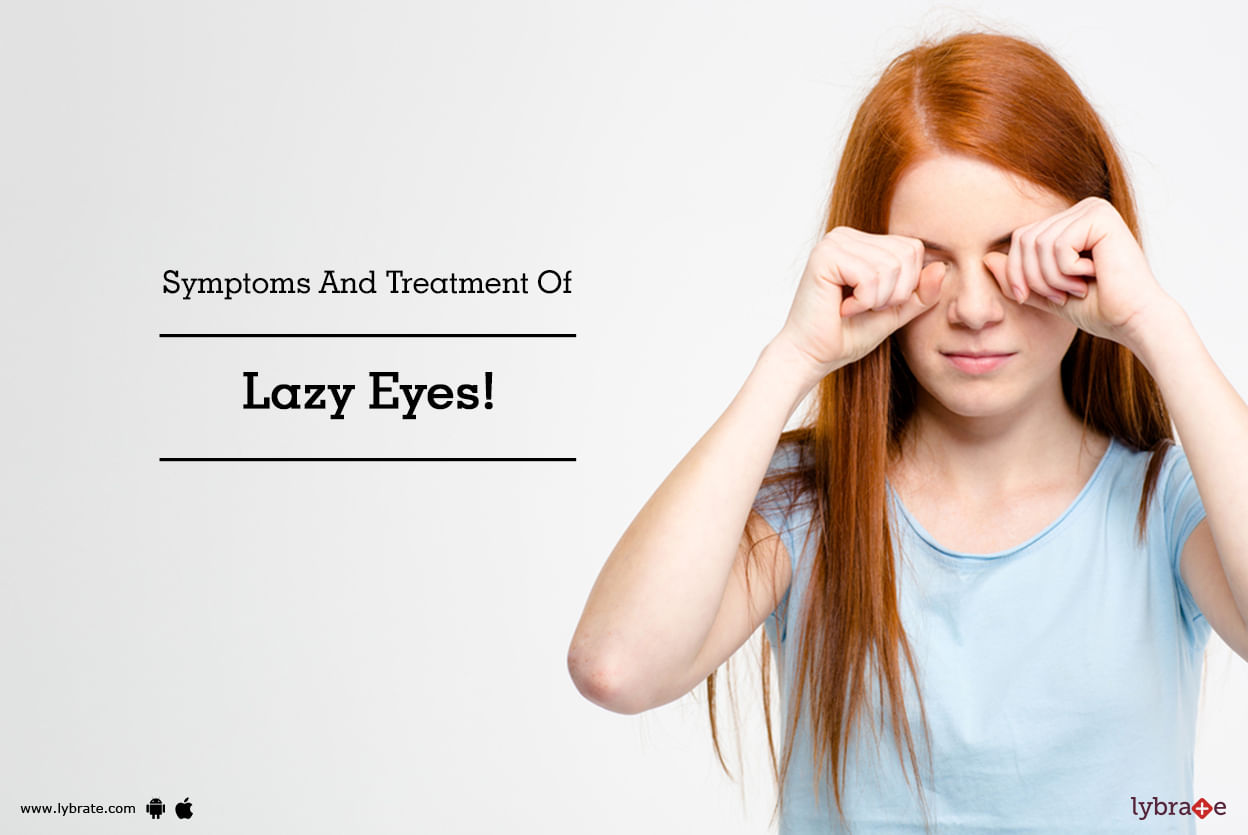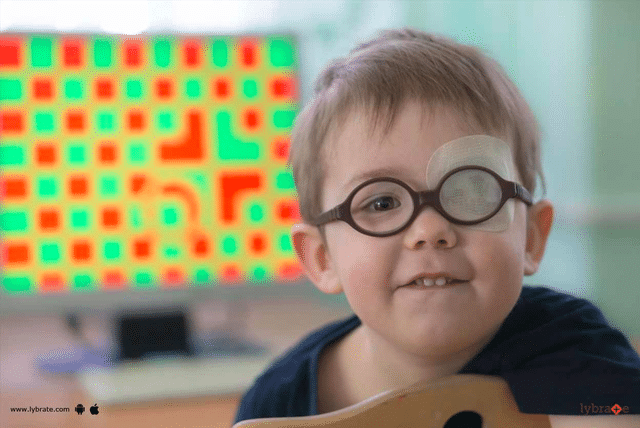Get the App
For Doctors
Login/Sign-up
Health Feed
Find Doctors
Health Packages
AllQ&AsTipsQuizzes
Lazy Eye Health Feed
Last Updated: 2 years ago• Featured Tip
Share
Bookmark
Report
What is lazy eye?
Lazy eye, or amblyopia, is a vision disorder that is characterised by decreased vision in one eye. It can occur for a number of reasons, such as a misaligned or crossed eye, strabismus, or an uncorrected optical defect.
It usually begins during childhood and affects the ability to use both eyes together for tasks such as reading and sports activities. Lazy eye does not generally cause complete loss of vision in the affected eye, but it can lead to p...more
303 people found this helpful
Asked for male, 23 years old from Hyderabad
Share
Bookmark
Report
Asked for male, 17 years old from Lucknow
Share
Bookmark
Report
Asked for male, 17 years old from Lucknow
Share
Bookmark
Report
Asked for male, 17 years old from Mapusa
Share
Bookmark
Report
Lazy eye include blurred vision and poor depth perception. Lazy eye is not a problem with the eye, but the connections to the brain. Amblyopia can be caused by a number of factors, including a muscle imbalance or eye disease. Treatment can be effective and the sooner it begins, the better. But we have to look into the details of the problem. Let's have a detailed discussion to ensure proper treatment.
6 people found this helpful
Last Updated: 5 years ago• Featured Tip
Share
Bookmark
Report
Lazy eye is an eye condition that is as underrated as some of the most intriguing characters in Marvel s movies like Namor or Daredevil. Indeed, lazy eye or amblyopia is responsible for the majority of loss of vision cases below the age of 40. It even surpasses the loss of vision due to injuries and diseases.
What Is Lazy Eye?
Amblyopia, commonly known as lazy eye, is an anomaly of the eyes where patients get reduced vision, which cannot be corrected by glasses or even contac...more
What Is Lazy Eye?
Amblyopia, commonly known as lazy eye, is an anomaly of the eyes where patients get reduced vision, which cannot be corrected by glasses or even contac...more
Last Updated: 5 years ago• Featured Tip
Share
Bookmark
Report
Amblyopia is commonly known as 'LAZY EYE'. It is a vision development disorder, which affects eyes and the brain during infancy and childhood. It signifies that the eye does not achieve a normal visual acuity even with refractive correction in form of glasses or contact lens. During normal visual development, the eye and brain learn to 'see' and develop binocularity, that is the ability to perceive depth (Stereoacuity). This occurs in the first 8 to 10 years of life. Each eye transmits a clear a...more
Last Updated: 5 years ago• Featured Tip
Share
Bookmark
Report
Amblyopia is commonly known as 'LAZY EYE'. It is a vision development disorder, which affects eyes and the brain during infancy and childhood. It signifies that the eye does not achieve a normal visual acuity even with refractive correction in form of glasses or contact lens. During normal visual development, the eye and brain learn to 'see' and develop binocularity, that is the ability to perceive depth (Stereoacuity). This occurs in the first 8 to 10 years of life. Each eye transmits a clear a...more
Last Updated: 5 years ago• Featured Tip
Share
Bookmark
Report
Amblyopia is commonly known as 'LAZY EYE'. It is a vision development disorder, which affects eyes and the brain during infancy and childhood. It signifies that the eye does not achieve a normal visual acuity even with refractive correction in form of glasses or contact lens. During normal visual development, the eye and brain learns to 'see' and develop binocularity, that is the ability to perceive depth (Stereoacuity). This occurs in the first 8 to 10 years of life. Each eye transmits a clear ...more
Last Updated: 5 years ago• Featured Tip
Share
Bookmark
Report
Amblyopia is commonly known as 'LAZY EYE'. It is a vision development disorder, which affects eyes and the brain during infancy and childhood. It signifies that the eye does not achieve a normal visual acuity even with refractive correction in the form of glasses or contact lens. During normal visual development, the eye and brain learns to 'see' and develop binocularity, that is the ability to perceive depth (Stereoacuity). This occurs in the first 8 to 10 years of life. Each eye transmits a cl...more
Book appointment with top doctors for Lazy Eye treatment
View fees, clinic timings and reviews
Ask a free question
Get FREE multiple opinions from Doctors
posted anonymously

















